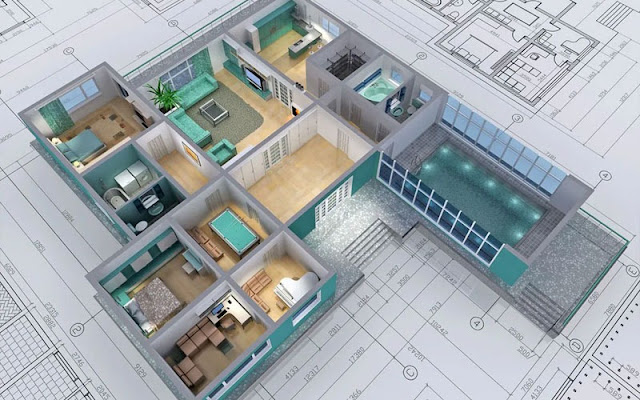Exploring the World of 3D Architectural Design
In the realm of architecture, the transition from traditional blueprints to 3D architectural design has revolutionized the way buildings are conceptualized, visualized, and constructed. This cutting-edge approach leverages technology to create immersive representations of architectural spaces, offering clients and stakeholders a vivid preview of their future environments. Let's delve into the intricacies, benefits, and applications of 3D architectural design.
Understanding 3D Architectural Design
3D architectural design involves the creation of three-dimensional models and visualizations of architectural structures using specialized software and techniques. Unlike 2D drawings, which provide limited spatial understanding, 3D models offer a realistic portrayal of buildings, interior spaces, and landscapes. These models can be rendered from various perspectives, allowing architects, designers, and clients to explore every aspect of the design in detail.
The Process
The process of 3D architectural design typically begins with gathering project requirements and creating a digital blueprint of the proposed structure. Architects then use computer-aided design (CAD) software to model the building in three dimensions, adding details such as textures, materials, lighting, and landscaping. Advanced rendering techniques are employed to generate lifelike images and animations, providing a comprehensive representation of the final design.
Benefits of 3D Architectural Design
- Enhanced Visualization: 3D models enable clients to visualize the proposed design with unparalleled clarity, fostering better communication and collaboration between stakeholders.
- Realistic Representation: High-quality renderings and animations provide a realistic depiction of architectural spaces, allowing clients to experience the look and feel of the building before construction begins.
- Early Detection of Issues: By exploring the 3D model, architects can identify potential design flaws and structural issues early in the planning phase, minimizing costly revisions during construction.
- Marketing and Presentation: Eye-catching 3D visualizations are invaluable for marketing purposes, helping architects and developers showcase their designs to potential investors, buyers, and tenants.
- Design Iteration: 3D modeling allows for quick and easy iteration of design ideas, empowering architects to experiment with different layouts, materials, and configurations until the optimal solution is found.
- Cost and Time Savings: By streamlining the design process and reducing the need for physical prototypes, 3D architectural design can lead to significant cost and time savings over the course of a project.
Applications
The applications of 3D architectural design are diverse and far-reaching:
- Residential Construction: From single-family homes to multi-unit developments, 3D models help homeowners and developers visualize their dream properties.
- Commercial Projects: Office buildings, retail spaces, hotels, and restaurants can benefit from 3D architectural design to create inviting and functional environments.
- Urban Planning: City planners use 3D models to simulate proposed developments and assess their impact on the surrounding environment and infrastructure.
- Interior Design: Interior designers leverage 3D modeling to conceptualize and refine the layout, furnishings, and decor of residential and commercial interiors.
Conclusion
In a rapidly evolving architectural landscape, 3D architectural design stands out as a powerful tool for innovation, creativity, and efficiency. By harnessing the capabilities of technology, architects can transform their visions into tangible, immersive experiences that inspire, inform, and delight clients and stakeholders. As the demand for visually stunning and functional designs continues to grow, 3D architectural design will undoubtedly play a central role in shaping the built environment of the future.



Comments
Post a Comment